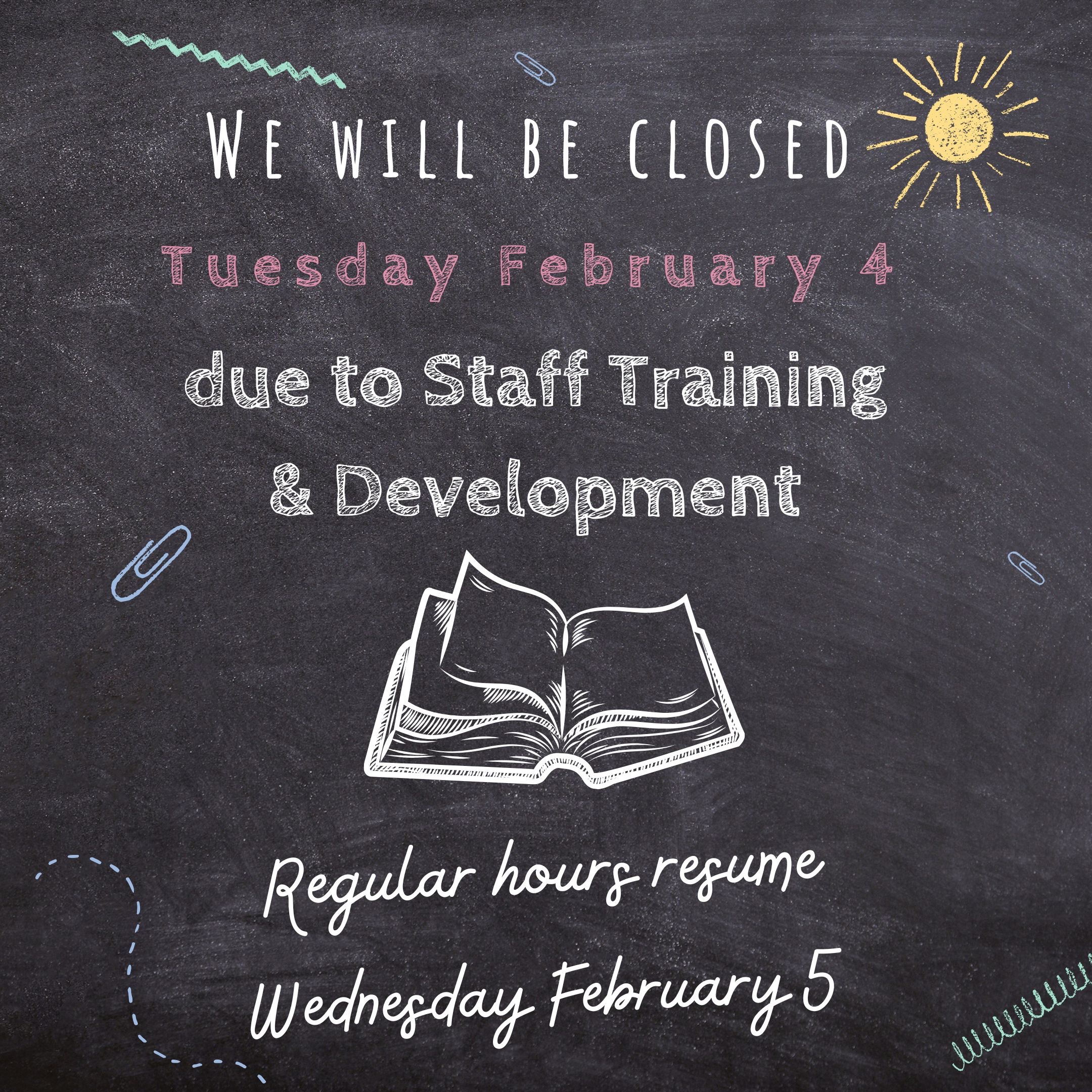While lazy eye and strabismus may seem similar, they are very different and require different treatments. Many parents are concerned when they hear their child has a vision problem, and it can be confusing to understand the difference between similar conditions.
Lazy eye (amblyopia) is when one of the eyes is not focusing correctly, while strabismus (turned eyes) is when the two eyes don’t look in the same direction.
Let’s take a closer look at what causes each condition, the long-term effects, and how they can be treated.
What Is Lazy Eye?
Lazy eye, also known as amblyopia, occurs when one of the eyes does not develop properly during childhood. It can result from a number of factors, including an injury or genetic abnormality, but it’s most commonly caused by an imbalance in visual acuity between the two eyes.
This means that one eye sees better than the other, so it takes over most of the work by focusing on objects. The weaker eye becomes “lazy” and doesn’t receive enough stimulation to develop normally.
Long-Term Effects of Lazy Eye if Untreated
If a lazy eye is left untreated, it can cause permanent vision impairment in the affected eye. Even with corrective lenses or surgery, vision may never improve beyond 20/200 (legally blind).
Moreover, this vision loss is often irreversible because once these neurons are lost, they cannot be regenerated.
Additionally, if lazy eye goes untreated, it can also lead to impaired depth perception, which makes activities such as driving difficult.
How Is Lazy Eye Treated?
Early diagnosis and treatment before age 6 can lead to the most promising results for effective treatment.
Depending on your child’s eyes, treatment can include vision therapies, eyeglasses, contact lenses, and/or patching.
If left untreated, amblyopia could develop into significant vision impairment in the affected eye, so steps must be taken as soon as possible once diagnosed. An estimated 2–4 percent of children under 6 struggle with the effects of lazy eye.

What Is Strabismus?
Strabismus (also known as an eye turn) occurs when there is an imbalance in muscle control between the left and right eyes, which causes them to point in different directions at times.
Strabismus is usually caused by genetics or a neurological disorder, though it can also be caused by trauma or illness.
The symptoms of strabismus include:
- One eye turning inward or outward compared to its counterpart
- Double vision
- Frequent blinking or squinting
- Difficulty with depth perception
- Head tilting to look at things
Long-Term Effects of Strabismus if Untreated
Leaving strabismus untreated can have serious consequences that extend beyond cosmetic concerns. It can affect your physical health as well as your mental health and emotional well-being too!
For example, double vision caused by strabismus can cause headaches and eyestrain. It can also lead to poor depth perception which reduces coordination and balance.
Strabismus can also lead to problems with self esteem due to the social stigma of having turned eyes.
How Is Strabismus Treated?
Depending on the underlying cause of strabismus, treatment can range from corrective eyewear, such as single vision or bifocal lenses, to prisms, and even surgery in some cases.
Early diagnosis and treatment are key to the successful management of this condition.
Fortunately, many vision professionals specialize in treating strabismus, and with the right care, it’s possible to achieve excellent outcomes.
How to Tell if Your Child Might Have Lazy Eye or Strabismus
As a parent, you want to ensure your child is developing in a healthy way. One area of development to pay attention to is your child’s vision.
A children’s eye exam should be scheduled between 6–9 months of age, followed by another at least once between ages 2–5. Detecting vision problems early is essential for your child’s developing vision and can help them avoid potential complications.
Early Intervention Is Key
As we covered in this blog, lazy eye and strabismus might sound similar, but they are two very different conditions.
If you think your child might have either condition, bring them in for a comprehensive eye exam so they are able to receive treatment to support their visual health.
Here at Broadway Eyecare, we provide full-service, patient-friendly care. We’re a local business that’s invested in our community, and we’re here to help your family too. Contact us today to book an appointment for your child’s next eye exam.










